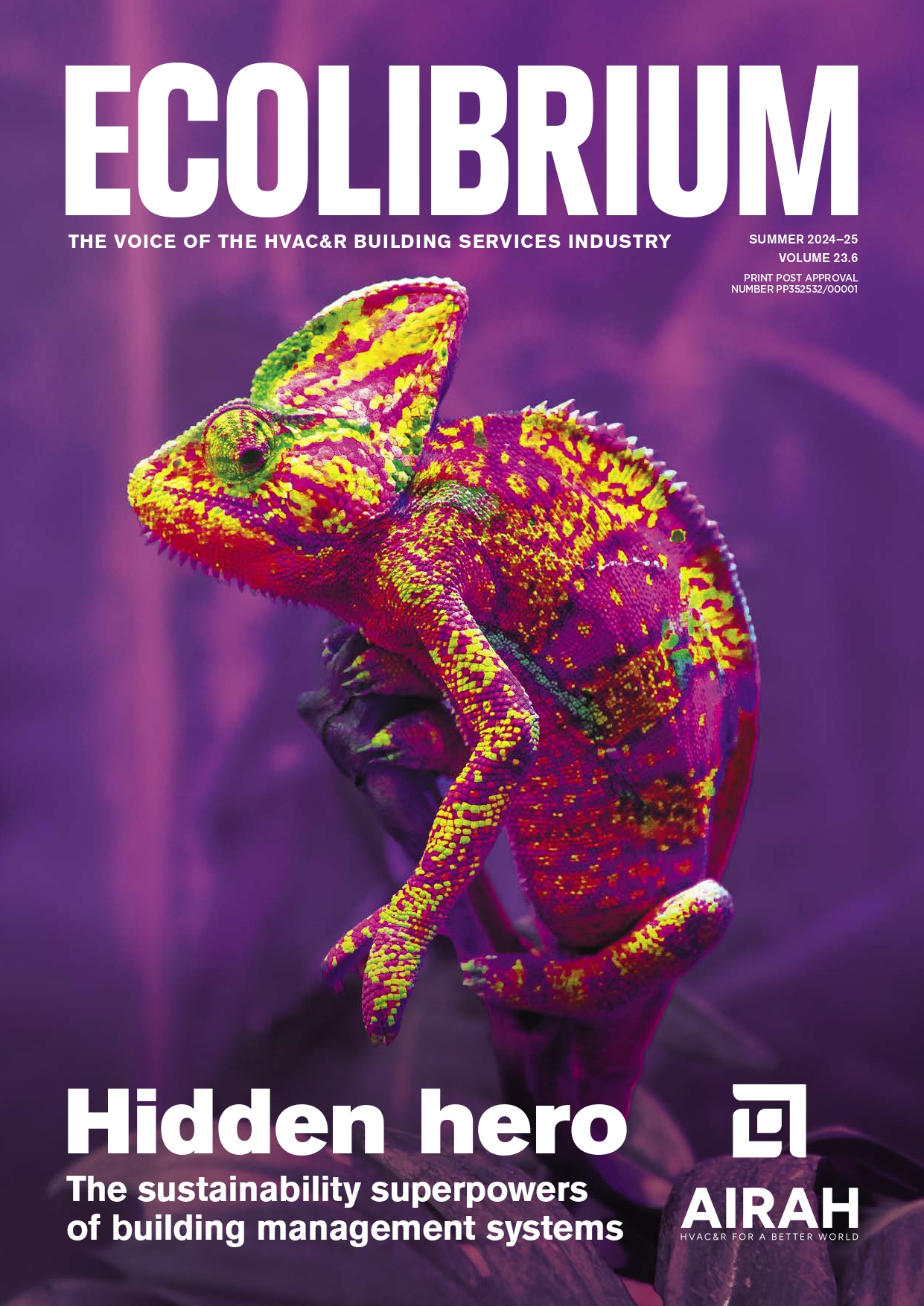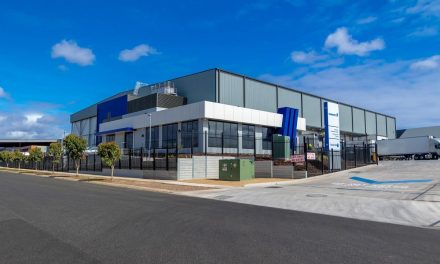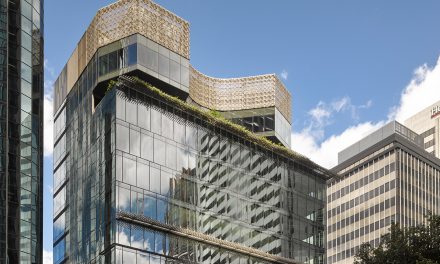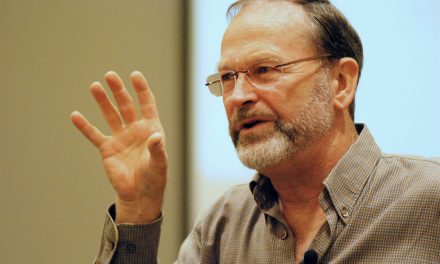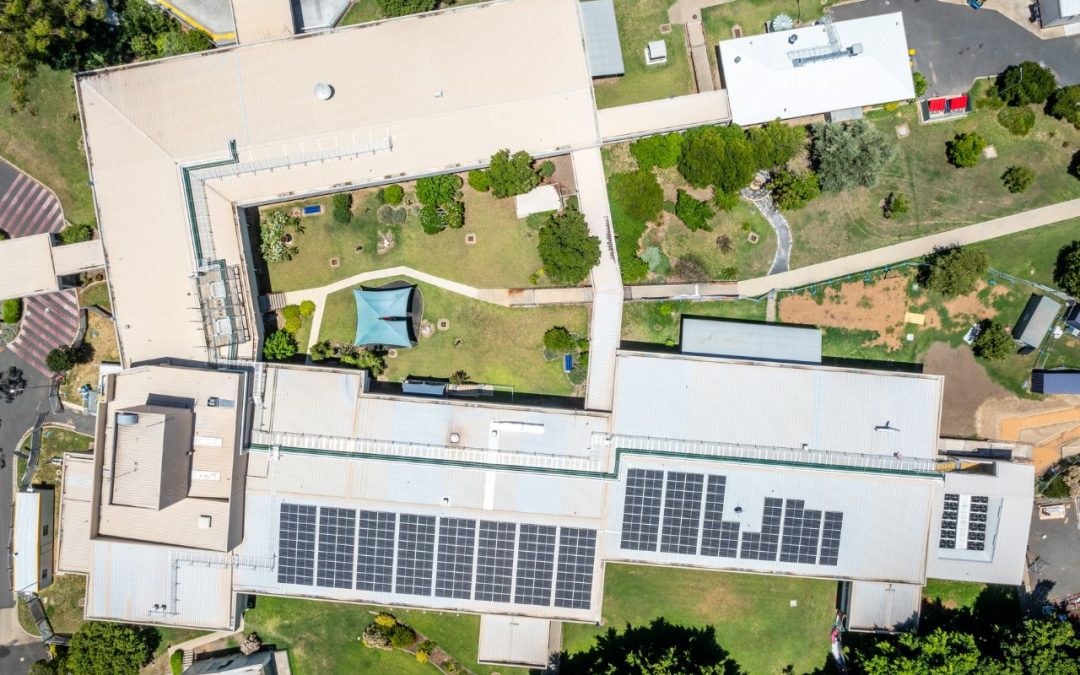Dan Hadley examines what’s required to meet the International Organization for Standardization’s ISO 14001:2015 – environmental management systems in construction, using Watson Fitzgerald & Associates as a case study.
Sustainability has long surpassed simply being a buzzword within the construction industry; the global drive for corporate social responsibility has meant it is now an imperative. Environmental stewardship has become critical, and companies that fail to integrate these practices risk being left behind in an increasingly eco-conscious market.
Watson Fitzgerald & Associates is a South Australia firm specialising in the design, construction and maintenance of mechanical services. The firm already held ISO 9001:2015 – quality management systems and ISO 45001:2015 – occupational health and safety management systems certifications, and recently embarked on achieving ISO 14001:2015 environmental management systems.
Here’s how they did it.
Starting from scratch
Deciding to pursue an international certification is a big undertaking. For Watson Fitzgerald, deciding to go for ISO 14001:2015 was part of a complete, ground-up rewrite of virtually all company policies.
In doing so, the firm developed a company-wide business management manual, which would serve as the blueprint for integrating environmental management into its operations. This manual was designed to do more than just set guidelines; it was envisaged as a way to embed sustainable practices as core to the company’s operations.
The process also involved an initial environmental review. This review identified all the environmental impacts associated with the firm’s operations to provide a baseline understanding of the company’s environmental footprint. This was essential for developing targeted strategies to mitigate these impacts through realistic and achievable goals.
Legislation review and compliance
One of the key components of the ISO 14001:2015 certification process is ensuring compliance with the relevant environmental legislation. This meant undertaking an exhaustive review of all applicable laws and regulations. The firm used this as an opportunity to understand the spirit of the law, aiming to exceed the requirements rather than just meet them.
This is particularly important in the context of the construction industry, where environmental regulations can be complex and multifaceted. From waste management to emissions control, every aspect of operations had to align with the latest legal requirements. Rather than thinking of this as a way to avoid penalties, the firm considered it an opportunity to show leadership in sustainable practices.
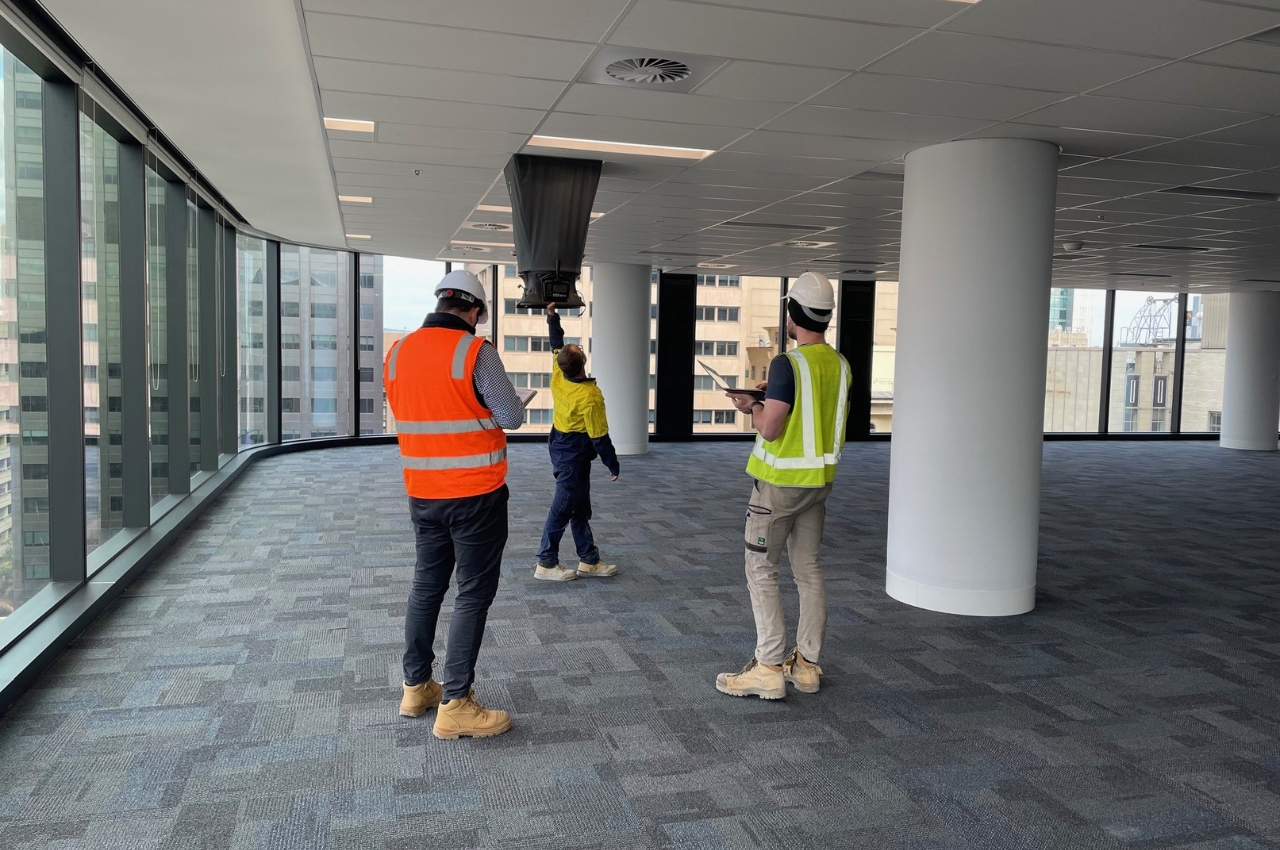
Site aspects and impacts
Once the legislation review was complete, the firm turned its attention to the practical implementation of its environmental management system (EMS). A crucial part of this was the identifying and managing the specific environmental impacts of each construction site. Each construction project presents its own unique environmental challenges, whether that be the potential for soil contamination, the management of construction waste, or the control of noise and dust emissions.
To address these challenges, the firm developed detailed procedures for identifying and managing environmental risks on a project-by-project basis. These procedures were designed to be flexible enough to accommodate the specific needs of each project, while still adhering to the overarching principles of ISO 14001:2015. By taking a proactive approach to environmental risk management, the company was able to minimise its environmental impact and ensure that all projects were carried out in a manner that was both sustainable and compliant with legal requirements.
Stage 1 audit: talking the talk
Achieving ISO 14001:2015 certification is a dynamic and rigorous process that involves two key stages of auditing. The stage 1 audit focuses on the documentation of the EMS, ensuring that all necessary policies, procedures, and controls are in place. This meant undertaking a detailed review of the new management manual and all associated documentation to ensure the firm was “talking the talk”.
The stage 1 audit was a critical step in the certification process, as it provided an opportunity to identify gaps or weaknesses in the EMS. During this stage, auditors examined everything from the company’s environmental policy to its procedures for managing site-specific risks. The goal was to ensure that the EMS was not only comprehensive, but also aligned with the requirements of the ISO 14001:2015 standard.
After being audited by JASANZ-accredited ISO certification company TQCS International, the firm moved on to stage 2 of the process.
Stage 2 audit: walking the walk
Stage 2 of the audit is the real deal, focusing on the practical implementation and effectiveness of the firm’s EMS. This rigorous audit involved on-site inspections and interviews with employees to assess how well the EMS had been integrated into daily operations.
The auditors looked at everything from the company’s waste management practices to its procedures for monitoring and controlling emissions. After a robust process, TQCSI ticked off the certification, proving that the firm was indeed “walking the walk”.
Watson Fitzgerald Director Nick Spencer says he’s proud of his company’s decision to go down this path.
“We have always been committed to our clients and our workers whilst maintaining strong consideration for the environment in what we do,” Spencer says. “Achieving ISO 14001:2015 certification was the next logical step in our growth, and I have been very pleased to see the entire team rise to the equation.”
Going further
Certification should never be the end of the story. Since achieving ISO 14001:2015, the firm has implemented another approach that it says will help mitigate on-site environmental risks: pre-fabrication. This, the firm says, will allow for greater quality control, reduced cost and use of environmental resources, as well as lower risks and associated impacts on site.
While certification is not a cheap or easy process, it’s one that not only improves companies’ environmental credentials, but also helps them stand out against their competitors.
5 key tips
Dan Hadley shares five key tips for achieving ISO 14001:2015 certification:
- Conduct a thorough review of processes and create an environmental management system from scratch rather than trying to adapt old processes, which might not be compliant
- Aim to exceed standards rather than just meeting them
- Create site-specific procedures that meet the over-arching requirements of ISO 14001:2015, but are flexible enough cater to the specific needs of each project
- Before the audit, conduct on-site reviews to check the effectiveness of the EMS in practice, not just on paper
- Continue working to improve environmental practices even once certification has been achieved.
About the author
Dan Hadley is the Director and Principal Management Consultant for Adelaide-based Excelsior Management Consultancy (EMC), as well as being the President of the Institute of Management Consultants (IMC) SA/NT. His services include specialties in quality, safety & environmental management systems, risk, strategic advisory services and economic consultation.
